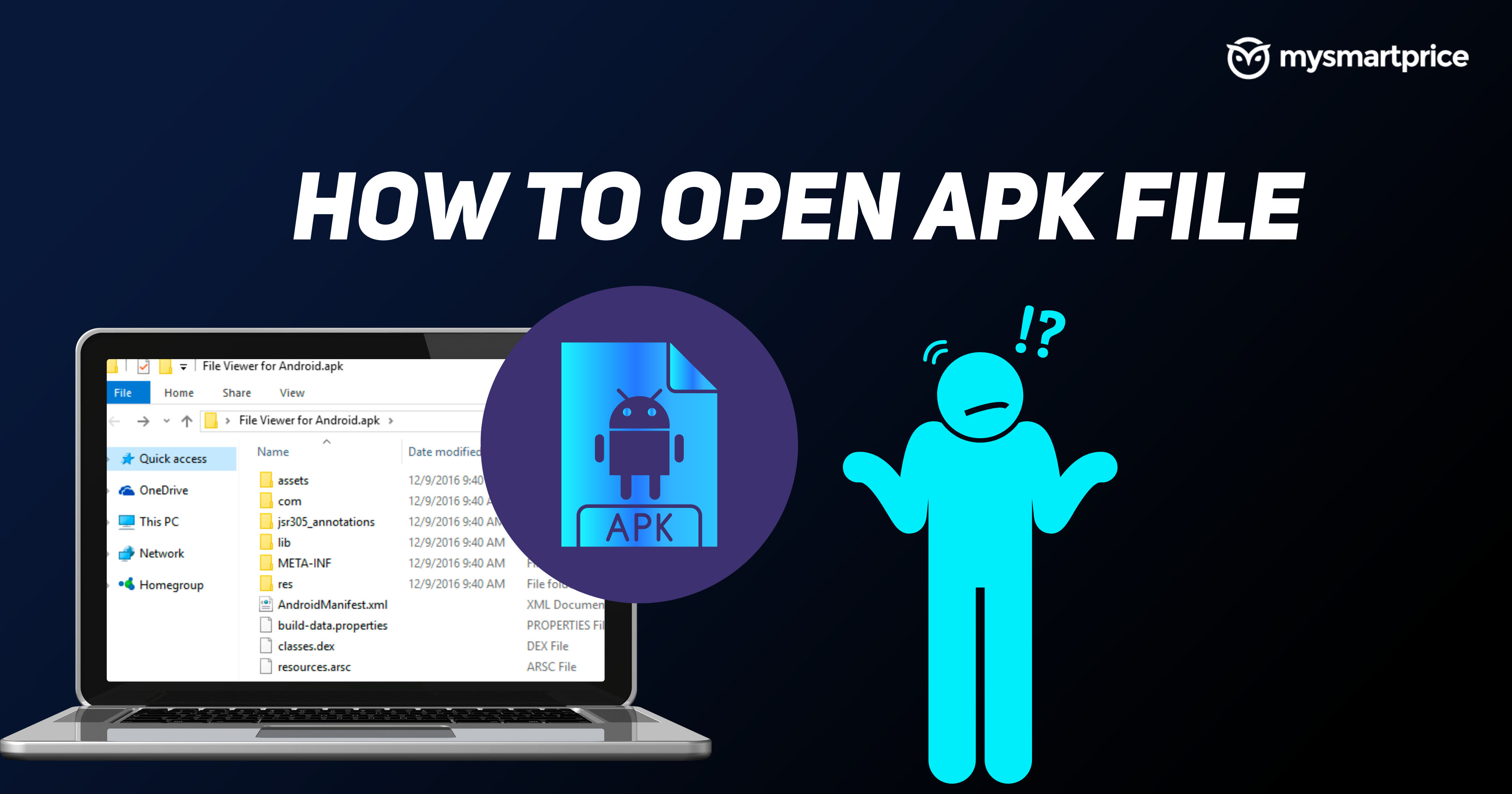“Okay, here is an article about APK files, written in English, aiming for approximately 1600 words.
Okay, here is an article about APK files, written in English, aiming for approximately 1600 words.

Understanding APK Files: The Building Blocks of Android Apps
In the vast and vibrant ecosystem of Android, millions of applications power our smartphones, tablets, smart TVs, and even cars. From social media and productivity tools to games and utilities, these apps are the lifeblood of the platform. But how are these applications packaged and delivered to our devices? The answer lies in a format known as the APK file.
For most casual users, interacting with APK files is often an invisible process, handled seamlessly by the Google Play Store. However, understanding what an APK is, what it contains, and how it works is crucial for anyone who wants to delve deeper into the Android operating system, explore apps beyond the official store, or simply appreciate the technology behind their daily digital interactions.
This comprehensive article will take you on a journey into the world of APK files. We will explore their definition, dissect their internal structure, discuss how they are created and installed, examine the various sources from which they can be obtained, weigh the advantages and disadvantages of using them, and provide essential guidance on safety and security. By the end, you’ll have a solid understanding of this fundamental component of the Android experience.
What Exactly is an APK File?
At its core, an APK stands for Android Package Kit. It is the standard package file format used by the Android operating system for distribution and installation of mobile applications. Think of it as the equivalent of an executable file (.exe) on Windows, a package file (.pkg) on macOS, or a Debian package (.deb) on Linux. It’s a single file that contains all the necessary components for an Android application to be installed and run on a device.
Essentially, an APK file is a specially formatted archive file, based on the ZIP format. This means you can even open an APK file using standard archive tools like WinRAR, 7-Zip, or the built-in zip utility on most operating systems. However, simply opening it like a zip file won’t let you run the app; it only allows you to inspect its contents.
When you download an app from the Google Play Store or install one from another source, you are downloading and installing an APK file (or, increasingly, a package generated from an Android App Bundle, which we’ll discuss later, but the final installable unit is still often an APK). The Android operating system uses this file to install the application onto your device.
Peeking Inside: What Does an APK File Contain?

Since an APK is an archive, it bundles together various files and directories that constitute an Android application. Understanding these components gives insight into how apps are structured. Here are some of the key elements you’ll typically find inside an APK:
-
AndroidManifest.xml: This is perhaps the most critical file. It’s a manifest file that describes the structure and metadata of the application. It declares the app’s components (activities, services, broadcast receivers, content providers), specifies the required permissions (like internet access, camera access, reading contacts), declares hardware and software features the app needs, defines the minimum and target Android versions, and provides other essential configuration details for the Android system. This file is parsed by the system during installation to understand what the app is and what it needs. -
classes.dex: This file contains the compiled Java or Kotlin code of the application, translated into Dalvik Executable (DEX) format. Android’s runtime (Dalvik or ART – Android Runtime) executes this DEX code. A single APK can have multiple DEX files if the app is large (multidex). -
resources.arsc: This file contains pre-compiled resources, such as strings, styles, themes, and other non-code assets that are referenced by the application code. It helps Android efficiently access these resources.
-
res/: This directory contains resources that were not compiled intoresources.arsc. This typically includes images, layouts (XML files defining the user interface), audio files, and other assets organized into subdirectories based on resource type and configuration (e.g.,drawable/,layout/,values/). Android uses qualifiers in directory names (likeres/drawable-hdpi/for high-density screen images) to select the appropriate resources for a specific device configuration. -
assets/: This directory holds raw asset files that are bundled with the application, such as game data, custom fonts, or configuration files. Unlike resources in theres/directory, files inassets/are not assigned resource IDs and are accessed by the application using their file paths. -
lib/: This directory contains compiled native libraries (.sofiles) for different device architectures (likearmeabi-v7a,arm64-v8a,x86,x86_64). These libraries are used by the app for performance-critical tasks or to interface with system components using native code (C/C++). -
META-INF/: This directory contains the manifest file (MANIFEST.MF), the signature file (CERT.SF), and the signature block file (CERT.RSA). These files are crucial for verifying the integrity and authenticity of the APK. The digital signature ensures that the APK has not been tampered with since it was signed by the developer and confirms the developer’s identity.

These components are compressed and packaged together into the single .apk file, ready for distribution.
The Journey of an APK: From Code to Device
The creation of an APK file is part of the Android application development process. Developers write code (primarily in Java or Kotlin), design layouts and assets, and define the app’s structure and requirements in the AndroidManifest.xml.
Using development tools like Android Studio and the Android SDK (Software Development Kit), the code is compiled into DEX format, resources are processed, and all the necessary files are assembled. This collection of files is then packaged into the ZIP-based APK format.
A critical step before distribution is signing the APK with a digital certificate. This certificate identifies the developer and is used by the Android system to verify that updates to an app come from the same source. If an APK is not signed, or if its signature doesn’t match the signature of an already installed app with the same package name, the system will refuse to install or update it. This signing process is a fundamental security measure.
Once signed, the APK is ready to be distributed.
Installing an APK: The Process
When you initiate the installation of an APK file on an Android device, the system performs several steps:
- Parsing the Manifest: The system first reads the
AndroidManifest.xmlfile to understand the app’s requirements, permissions, and components. - Verifying the Signature: The system checks the digital signature in the
META-INF/directory to ensure the APK’s integrity and authenticity. - Extracting Files: The contents of the APK archive are extracted to the appropriate directories on the device’s storage.
- Optimizing DEX Code: The DEX code (
classes.dex) is processed and optimized for the specific device’s architecture and Android version by the Android Runtime (ART). - Setting Up Components: The system registers the app’s components (activities, services, etc.) based on the manifest file, making them available for the system and other apps to interact with (according to defined permissions and intents).
- Granting Permissions: The user is typically prompted to review and grant the permissions requested by the app (though some permissions are granted automatically, and others are requested at runtime on modern Android versions).
- Creating Shortcuts: An icon for the app is usually added to the app drawer and potentially the home screen.
After these steps are completed, the app is successfully installed and ready to be launched.
Where Do APKs Come From? Sources of Android Applications
The primary and most common source for APK files is the Google Play Store. This is the official app marketplace for Android devices that support Google Mobile Services. Apps on the Play Store are generally considered safe as they undergo a review process (though this process isn’t foolproof). The Play Store handles downloads, installations, and updates seamlessly, often without the user ever directly seeing the .apk file.
However, APK files can also be obtained from third-party sources. These include:
- Alternative App Stores: Marketplaces like Amazon Appstore, F-Droid (for free and open-source software), APKPure, Aptoide, etc. These stores have their own review processes, which vary in strictness.
- Developer Websites: Some developers distribute their apps directly from their own websites, especially for beta versions, region-restricted apps, or apps not allowed on the Play Store.
- File Sharing Sites: Users might share APK files directly, though this is often the riskiest method.
Obtaining APKs from sources other than the official Google Play Store is often referred to as sideloading.
Sideloading APKs: Why and How
Sideloading is the process of installing an application on an Android device by downloading the APK file directly and installing it manually, rather than going through an official app store like Google Play. There are several reasons why users might choose to sideload:
- Access to Geo-Restricted Apps: Some apps are only available in specific countries on the Play Store. Sideloading allows users in other regions to install and use them.
- Early Access to Updates: Developers sometimes release APKs of new versions or beta versions on their websites or forums before they are available on the Play Store.
- Installing Older Versions: If a recent update introduces bugs or removes a desired feature, users might want to revert to an older version of an app by sideloading its APK.
- Accessing Apps Not on the Play Store: Some apps might not meet Google Play’s policies (e.g., certain utility apps, open-source apps, apps with specific content) or developers might choose not to list them there.
- Customization and Modding: Sideloading is necessary for installing custom ROMs, root access tools, or modified versions of apps (though modified apps carry significant risks).
- Privacy Concerns: Some users prefer using alternative app stores like F-Droid which focus on free and open-source software and often have stronger privacy guarantees.
- Limited Connectivity: In areas with poor internet access, it might be easier to transfer an APK file downloaded elsewhere via USB or local network.
How to Sideload:
Installing an APK file manually requires granting your device permission to install apps from sources other than the official store. The process varies slightly depending on your Android version:
*
